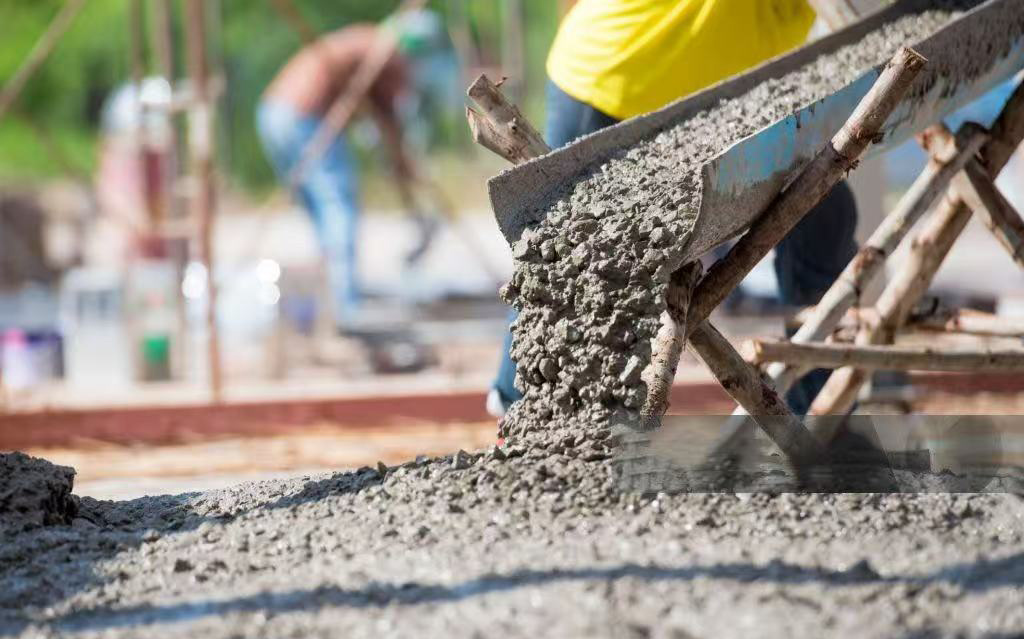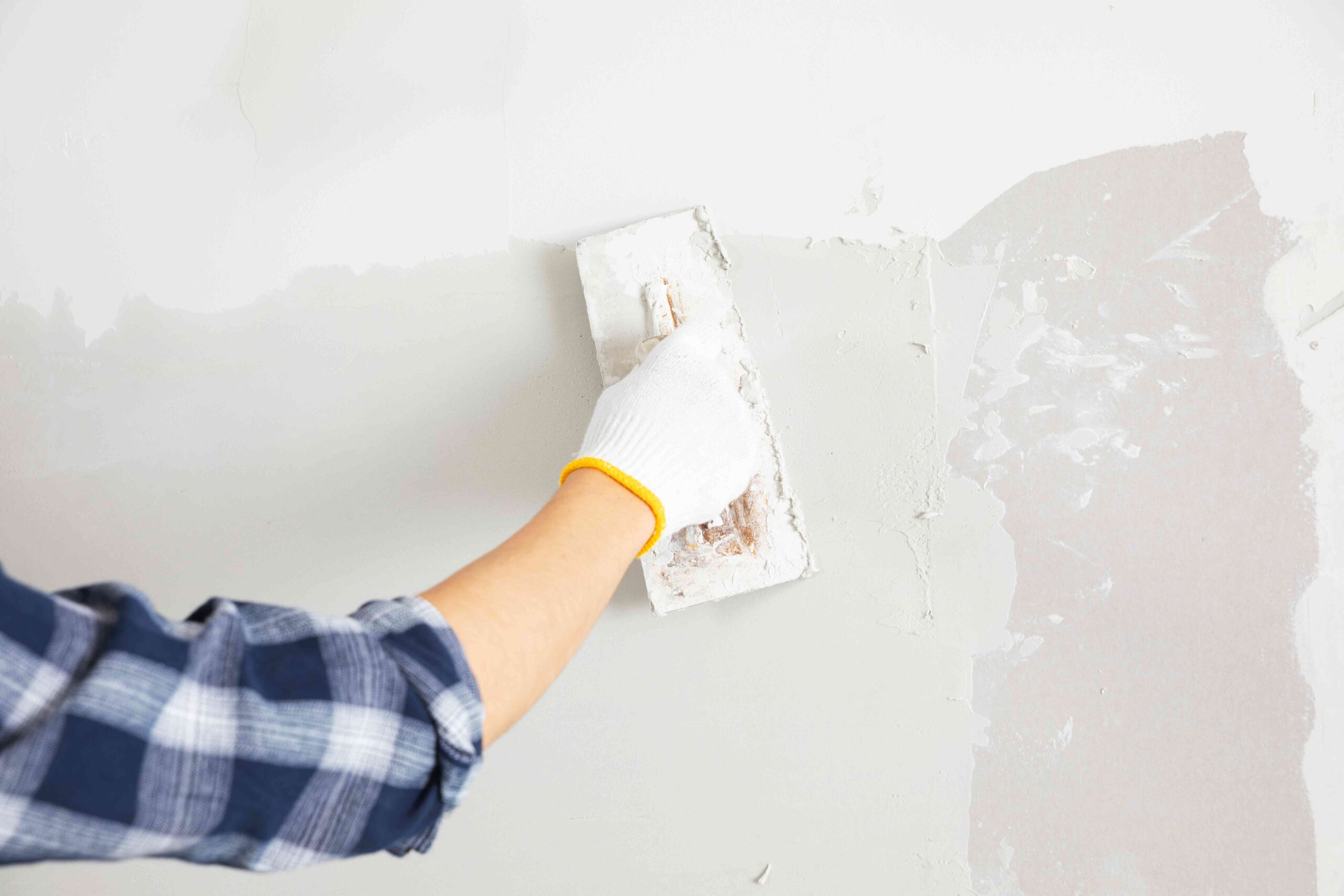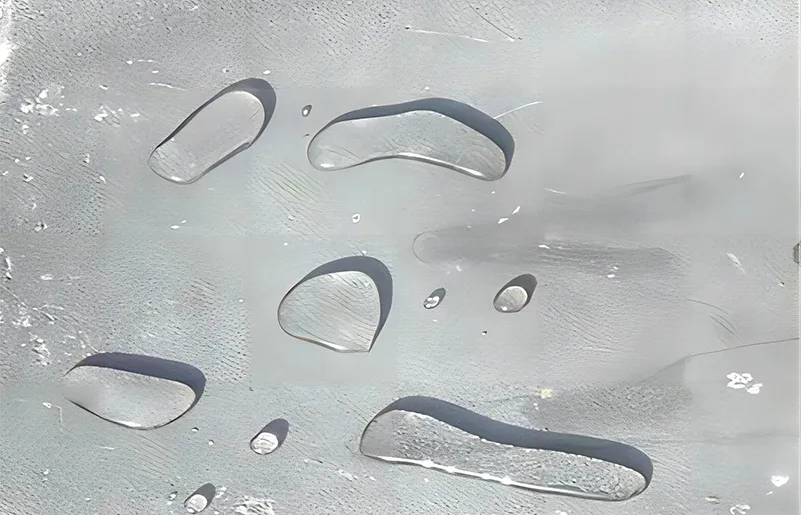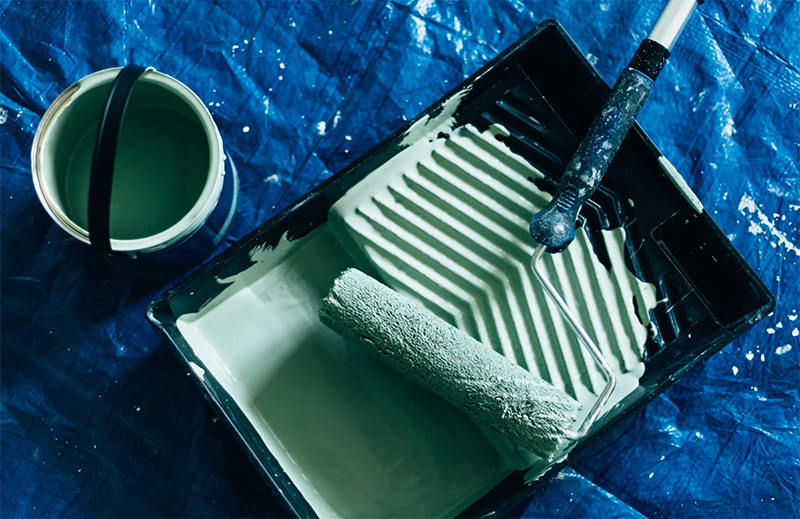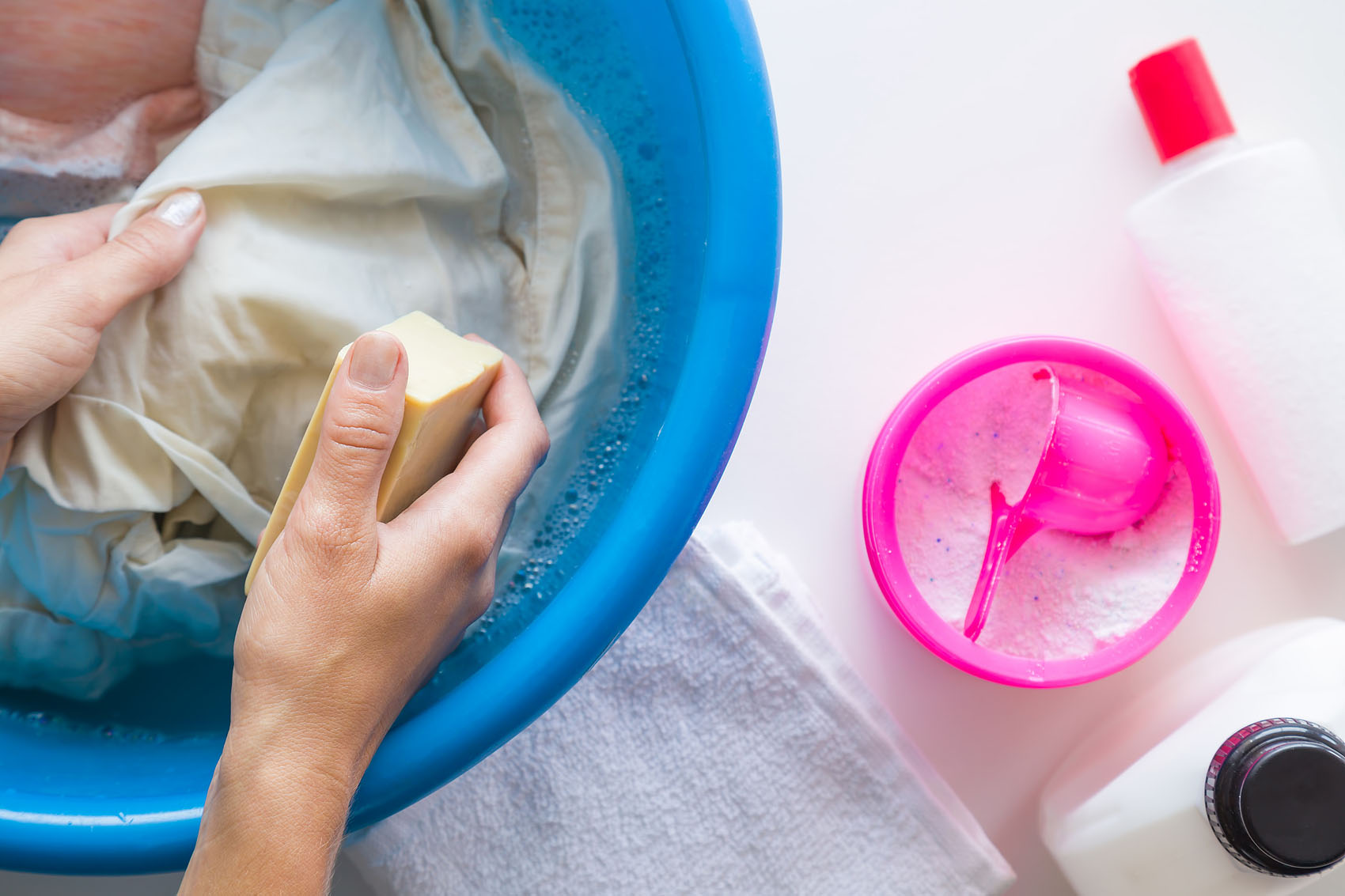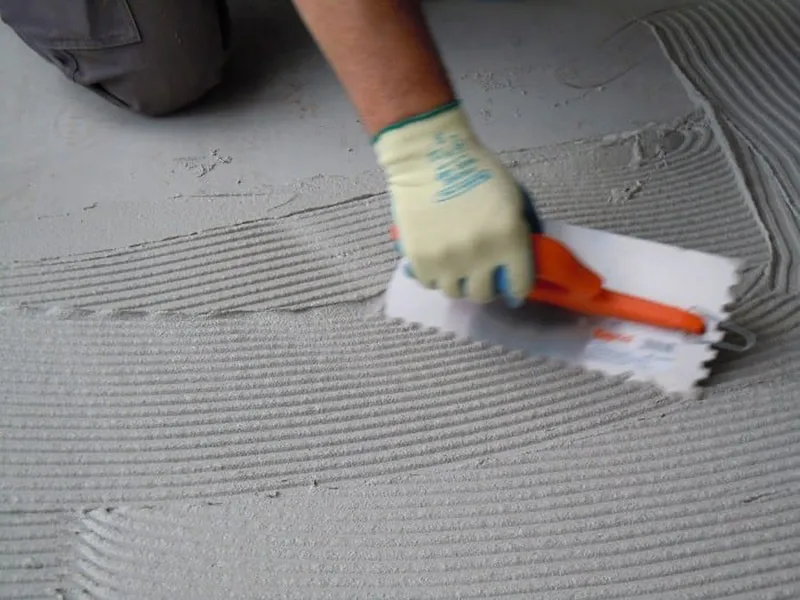
Because tile adhesives must have a high bond strength between both the substrate and the tile, the adhesive is affected by water absorption from two sources: the substrate (wall) surface and the tile. Especially for tiles, the quality varies a lot, and some tiles have a large porosity. The high water absorption of tiles will damage the bonding performance, so water retention agents are particularly important. Adding cellulose ether can well meet this requirement.
For example, adding 3kg of 1.0%~1.5% HPMC solution to 10kg of cement can greatly improve the construction performance of the adhesive. Adding HPMC makes the tile adhesive air dry longer, the bonding strength is stronger, and it can also prevent the tiles from falling off.After adding cellulose ether, the bonding properties of cement mortar, plaster, adhesives, etc. are significantly improved. In particular, the initial bonding strength is increased, which can ensure that the tiles will not slip after being pasted, and the plaster and wall, bricks and mortar are firmly bonded.
I. Incorrect Dosage of HPMC in Tile Adhesives
One of the most common mistakes in tile adhesive production is using the wrong dosage of HPMC. Using too much or too little HPMC can have a significant impact on the performance of the adhesive.
- Too much HPMC content will increase the viscosity and make the material adhere to the construction tools. The mixture will be more difficult to spread and use, causing inconvenience in construction.This can also affect the curing time, causing the adhesive to dry too slowly or unevenly, which can extend installation time and may cause product failure. On the other hand, it can also cause depressions in plaster and caulking materials.
- Too little HPMC can lead to poor water retention, reducing the adhesive’s ability to properly bond, causing tiles to slip or be installed incorrectly.
Tip: Make sure to follow the recommended dosage of HPMC in tile adhesives based on the consistency and performance required for the adhesive. A good practice is to conduct small-scale tests to fine-tune the formula.

II. Using the Wrong Type of HPMC in Tile Adhesive Formulations
- Low viscosity HPMCmay not provide adequate workability and will make the adhesive too thin, resulting in poor tile adhesion and uneven spreading.
- High viscosity HPMCmay cause the adhesive to be too thick, difficult to apply, and may not spread smoothly on the surface.
| Weight/kg | Raw materials |
| 380 | Ordinary portland cement (42.5) |
| 610 | Sand (30-80 mesh, 0.1-0.8mm) |
| 6-18 | Redispersible polymer powder |
| 2.5-3 | Cellulose ether HPMC (150000) |
| 3 | Wood fiber |
| 0.5-0.8 | Starch ether (anti-sagging) |
| 1000 |
Tile Adhesive Formulation (Enhanced)
Tip: Always choose the appropriate HPMC viscosity based on the type of tile adhesive you are formulating. For example, medium viscosity HPMC is commonly used in most tile adhesives to achieve a good balance between workability and performance.III. Neglecting the Impact of HPMC on Curing Time
Many customers ignore the effect of HPMC on the cure time of tile adhesives. The water retention properties of HPMC are a critical factor in ensuring proper cure. If the HPMC is not properly balanced, it can cause the cure process to be too fast or too slow.
- Too rapid curingcan result in tiles being set too quickly, causing difficulty in adjusting them once placed.
- Slow curingmay leave the adhesive wet for an extended period, potentially leading to tile slippage, uneven bonding, or surface damage.
Tip: To achieve the best cure time, adjust the water retention level of the HPMC based on the specific environmental conditions (temperature and humidity) and the type of substrate you are working with.

IV. Improper Mixing of HPMC in Tile Adhesives
Thoroughly mix the fine powder HPMC into the adhesive to achieve an even distribution. Lumps, inconsistencies, and weak spots in the adhesive can occur from improper mixing. Clumping of HPMC can result from improper mixing, leading to inconsistent performance, poor adhesion, or uneven cure.
Tip: Always ensure that the mixture properly disperses the HPMC. Use proper mixing equipment and techniques to prevent lumps and achieve a smooth and uniform mixture. Gradually add HPMC to the dry ingredients slowly and mix thoroughly.”
V. Ignore HPMC Interactions with Other Additives
- Incompatibility with other additives can reduce the effectiveness of HPMC, causing undesirable changes in viscosity, setting time, or bond strength.
- Overuse of plasticizers or accelerators can negate the benefits of HPMC, making the adhesive too weak or setting too quickly.
VI. Ignoring Environmental Conditions
Tip: Adjust the amount and type of HPMC based on the environmental conditions of the tile adhesive application. For example, in areas with high humidity, consider increasing the water retention properties of HPMC to ensure proper curing.
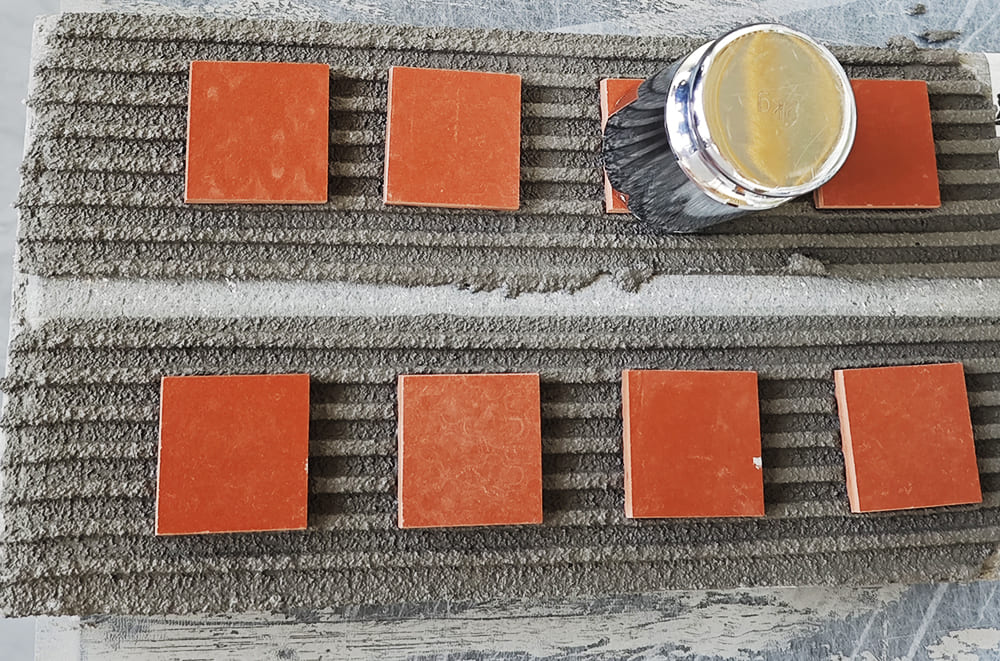
VII. Summary
TENESSY, as a Chinese manufacturer of cellulose ether, always tests and improves formulas based on customer needs to ensure they meet the highest standards and provide customers with reliable results.


